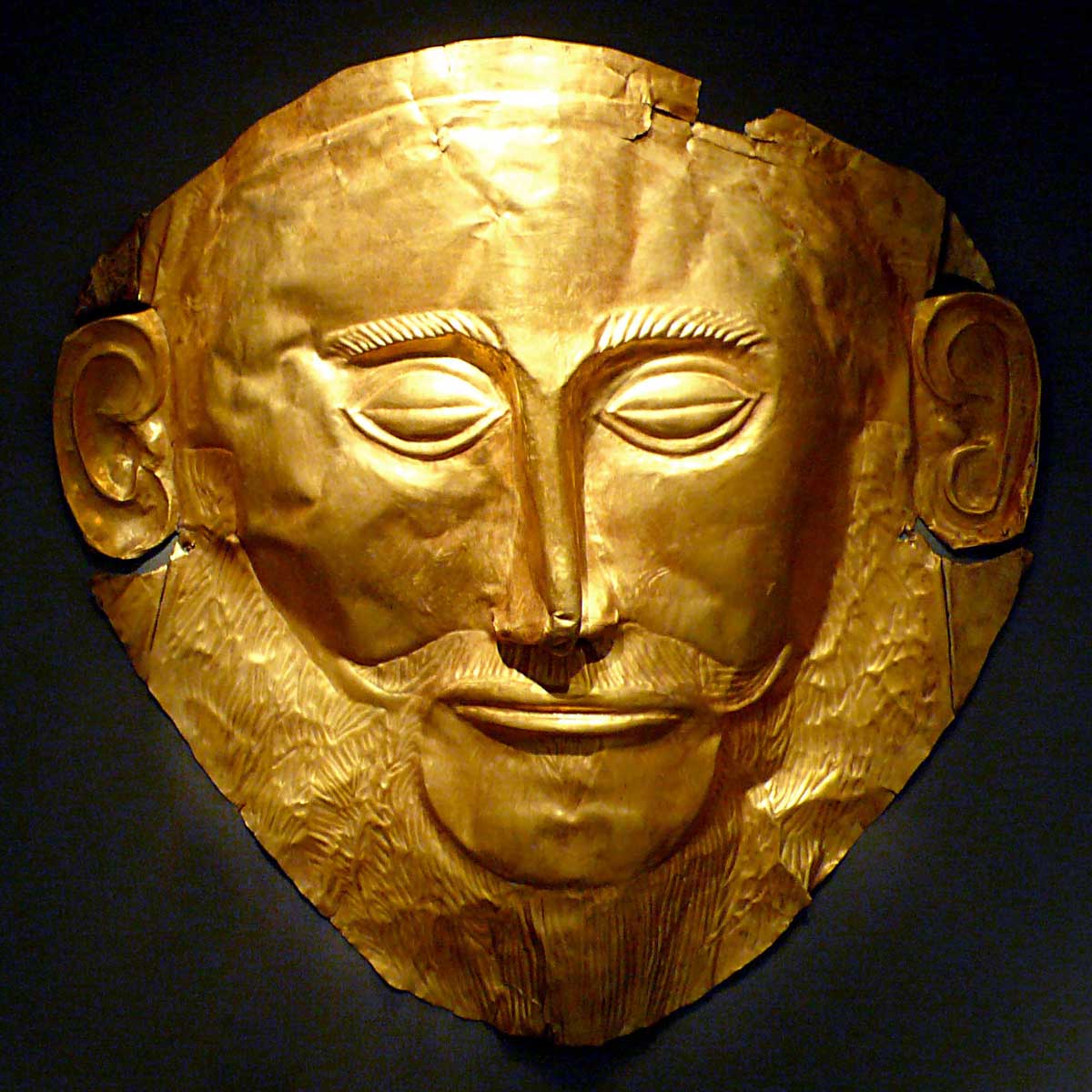The beautiful Greek artifact, the Mask of Agamemnon, is showcased on the Mint of Poland’s latest silver coin
It’s great to see the trend in coins featuring the ancient world to go with the actual over the fantastical for its subjects, and the latest from the Mint of Poland is another of those. There are some beautiful artifacts emanating from the early civilisations and a prime example of that is the 3,500 year old ‘Mask of Agamemnon’.
Discovered by the shady German archaeologist Heinrich Schliemann, it has nevertheless been accepted as genuine by most experts today. Formed in gold, the mask is around 30cm tall and looks made to be worn. Schliemann thought it proof of the existence of Troy, but it’s amazing to discover the mask actually predates that by around four centuries.
The coin reproduces the mask in high-relief and with a shiny gilded layer. The mint has wisely restrained itself from embellishing it with intrusive adornments, and what we have is an accurate and beautifully realised representation of the stunning original. The inscriptions are restricted to an antique finished background that forms a loose border and highlights the mask very well.
The obverse has an imprint of the mask laid over an image of the famous ‘Lion Gate’, which was the entrance to the old city of Mycenae. The gate is a famous monument in its own right and is actually around 300 years younger than the mask, but from the same culture. It’s a great choice for the face of this three ounce silver Cameroonian coin. Presented in a latex ‘floating’ frame and with a mintage of 500 pieces, the coin is available to order now.
THE MASK OF AGAMEMNON
The Mask of Agamemnon is a gold funeral mask discovered at the ancient Greek site of Mycenae. The mask, displayed in the National Archaeological Museum of Athens, has been described by Cathy Gere as the “Mona Lisa of prehistory”.
German archaeologist Heinrich Schliemann, who discovered the artifact in 1876, believed that he had found the body of the Mycenaean king Agamemnon, leader of the Achaeans in Homer’s epic of the Trojan War, the Iliad, but modern archaeological research suggests that the mask dates to about 1600 BC, predating the period of the legendary Trojan War by about 400 years.
Schliemann found the mask in 1876 in a burial shaft designated Grave V at the site “Grave Circle A, Mycenae”. The mask is one of five discovered in the royal shaft graves at Mycenae—three in Grave IV and two in Grave V. The faces and hands of two children in Grave III are covered with gold leaf, one covering having holes for the eyes. The mask was designed to be a funeral mask covered in gold.
The faces of the men are not all covered with masks. That they are men and warriors is suggested by the presence of weapons in their graves. The quantities of gold and carefully worked artifacts indicate honor, wealth and status. The custom of clothing leaders in gold leaf is known elsewhere. The Mask of Agamemnon was named by Schliemann after the legendary Greek king of Homer’s Iliad. This mask adorned one of the bodies in the shaft graves at Mycenae. Schliemann took this as evidence the Trojan War was a real historical event.
The mask of Agamemnon was created from a single thick gold sheet, heated and hammered against a wooden background with the details chased on later with a sharp tool. (Wikipedia)
| SPECIFICATION | |
| DENOMINATION | 3,000 Francs CFA (Cameroon) |
| COMPOSITION | 0.999 silver |
| WEIGHT | 93.3 grams |
| DIMENSIONS | 55.0 mm |
| FINISH | Antique |
| MODIFICATIONS | Ultra high-relief, Gilding |
| MINTAGE | 500 |
| BOX / C.O.A. | Yes / Yes |






Leave A Comment